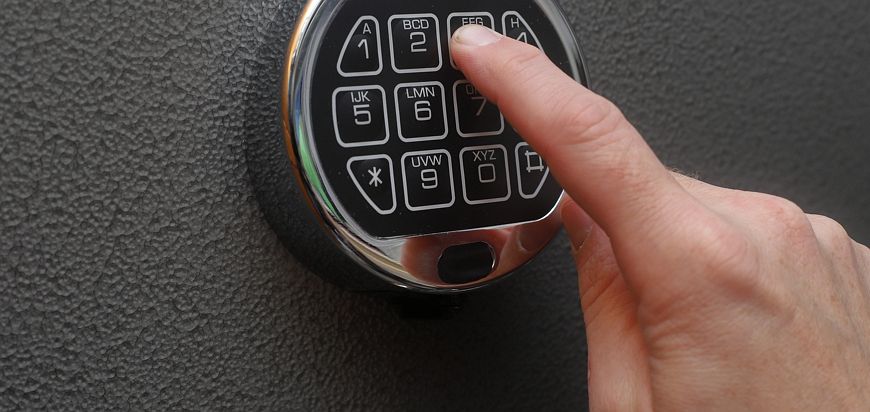

We will however, drill the hole(s) for free, and then you just need to finish the job from that point. *The issue with this is that we don’t ask our Maximum Security crew to crawl under houses – most are not very pleasant to crawl underneath. The better solution is to drill through the plywood flooring from inside the safe and come up from underneath the house with a carriage bolt (a bolt that you cannot release from the “head” end) and tighten the nut and washer from inside the safe. This will stabilize the safe some, but if someone is able to rock the safe or get under it with a pry-bar, they are likely going to be able to break it loose, so this is not the optimum choice, but it’s better than nothing.Ģ. The easy approach is to drill four lag bolts into the plywood floor. There are two methods for bolting in this situation:ġ. Ground Floor, Raised Foundation – Generally, the floor in this situation is plywood, laid over 2×8 floor joists. However, there are sometimes issues that must be considered when determining whether or not to bolt your safe to your floor, so evaluate which of the following categories you fall into, and plan accordingly.Ĭoncrete Slab –Whether in the garage or inside the house, if you have a concrete slab floor, the only question is: why not? If the safe is bolted to the floor, a thief will have to work VERY hard to tip the safe over or remove it from your premises. Whether it’s a home safe, gun safe, jewelry safe, or any other kind of safe, bolting it down gives you more security. We are regularly asked if a safe should be bolted to the floor.


 0 kommentar(er)
0 kommentar(er)
